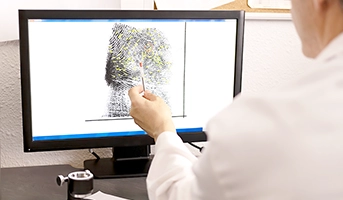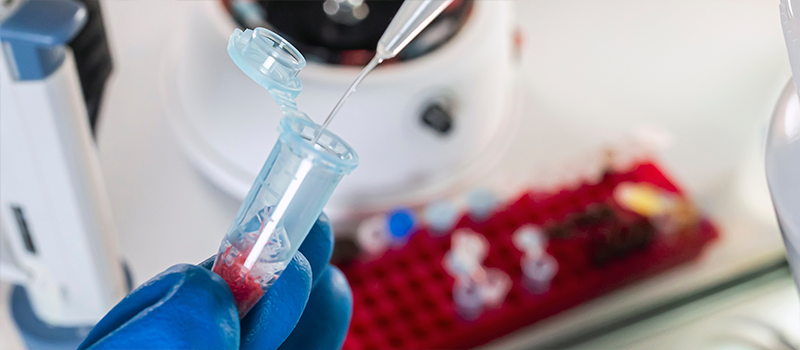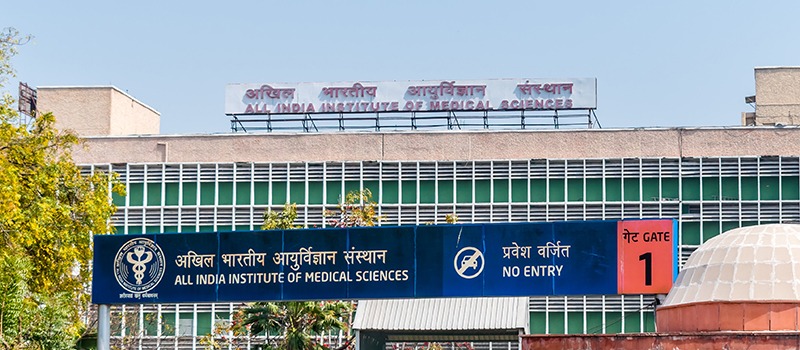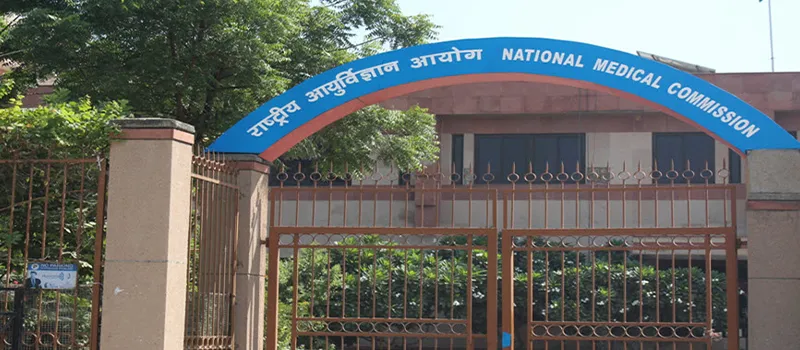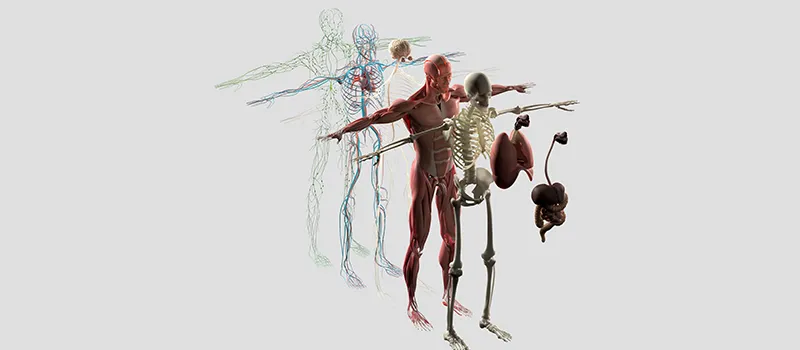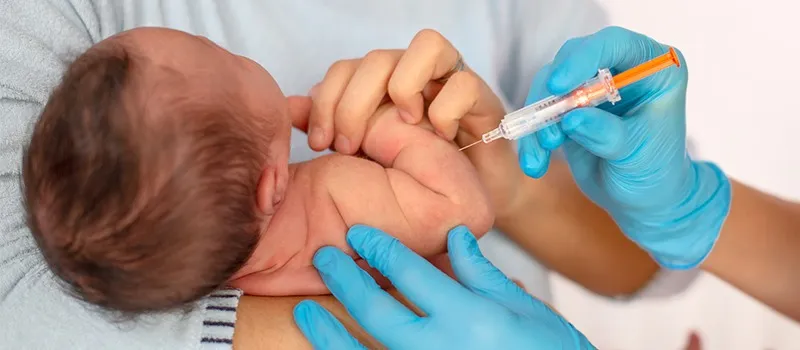

How Can We Prevent Infants from Infectious Diseases by Immunization?
Immunization Schedule
History
It is done to prevent infants, children, and pregnant women from various infectious diseases like Measles, Rubella, Diphtheria, Polio, Pertussis, Tetanus, etc. WHO in May 1974 officially launched a global immunizing programme called the Expanded programme on Immunization (EPI). This was initiated to prevent children across the globe against 6 vaccine-preventable diseases – Diphtheria, Pertussis (whooping Cough), polio, Tb, measles, and tetanus by the year 2000.
In India, EPI was launched in January 1978. The Indian version of EPI called Universal Immunizing Programme was launched on Nov 19, 1985 and was dedicated to the memory of Smt. Indira Gandhi.
National Immunization Schedule (NIS)
The vaccination can be started as soon as the birth of the infant to the age of 6 months and then a regular visit is made as per requirement. An immunizing card is given to the family that should be brought along with the baby during a visit so that the health worker keeps a record of the dose and vaccine given to an infant.
Vaccines under the National Immunization schedule include BCG, Hepatitis B, Polio, Diphtheria, Pertussis, Tetanus, Measles, Rubella, Mumps, Japanese Encephalitis, vitamin A, Rotavirus, Pneumococcal, Haemophilus Influenza B, etc. Out of these vaccines, some are given when in need or endemic like Japanese Encephalitis.
Types of Vaccines
- Live attenuated: In this type of vaccine, a complete live virus or disease-causing organism is injected into the body taking all its virulence or disease-causing ability out, therefore, antigenicity remains in them, alive or dead.
Examples: oral polio vaccine, mumps, BCG, etc.
- Killed Vaccine: In these, a virus or disease-causing organism is killed.
Examples: inactivated polio vaccine, pertussis, plaque, etc.
- Toxoid: Various organisms produce exotoxin so a vaccine that detoxicates their exotoxin is toxoid or in other words vaccine formed against their exotoxins.
Examples: diphtheria, tetanus, etc.
- Recombinant vaccines: With the help of recombinant technology, various vaccines are made against protein antigens. The favorable point is that they do not contain viruses.
Example: Hepatitis B
- Polysaccharide vaccines: Various organism surfaces are covered by a toxic capsule or sheath, therefore vaccine against that capsule is a polysaccharide vaccine.
Examples: meningococcal disease, pneumococcal disease, hemphilus influenza B, etc.
Schedule:
- Birth: OPV-0, Hep B-0, BCG
- 6th Week: DPT- 1, Hep B-1, OPV- 1, IPV- 1, PCV- 1, Rota-1
- 10th Week: DPT- 2, Hep B-2, OPV-2, Rota-2
- 14th Week: DPT-3, Hep B-3, OPV-3, Rota- 3, IPV-2, PCV-2
- 9th Month: JE-1, MR-1, Vit-A, PCV-3
- 16th -24th Month: JE- 2, MR- 2, DPT Booster, OPV Booster
- 5th Year: DPT Booster
The details of a few vaccines given under NIS:
- Vaccine: BCG (Bacillus Calmete Guerin)
- Route of Administration: Intradermally (0.1 ml); < 1 month (0.05 ml)
- Site: left upper arm
- Age: At Birth
- Diluent: normal saline
- Strain: DANISH 1331
- Adverse Reaction:
- Ulcerations
- Osteomyelitis
- Lymphadenitis
- Hypersensitivity
- Vaccine: DPT (Diphtheria Pertussis Tetanus)
- Route of Administration: Intramuscular (0.5 ml)
- Site: Antero lateral aspect of the thigh
- Age: 6,10,14 week
- Adjuvant: Aluminum Phosphate
- Preservative: Thiomersal
- Adverse Reaction:
- Hypotonic Hyporesponsive Episode (HHE)
- Hypersenstivity
- Contraindications: Fever >40° Celsius
- Vaccine: OPV (Oral Polio Virus)
- Route of Administration: orally (2 drops)
- Age: Birth, 6, 10, 14 weeks
- Adverse Reaction:
- Flaccid paralysis
- Hypersenstivity
- Vaccine: Measles
- Route of Administration: Subcutaneously; (0.5 ml)
- Site: Right Upper Arm
- Age: 9 weeks, 16-24 months
- Diluent: Distill Water
- Stabilizer: Sorbitol, Neomycin, Gelatin (any)
- Strain: Edmonstron Zagreb
- Adverse Reaction:
- Toxic shock syndrome
- Idiopathic Thrombocytopenia
- Hypersensitivity
- Vaccine: Vitamin A
- It is given along with the measles vaccine
- First dose at 9 weeks, then after every 6 months given till 5 years
- Total 9 doses
- Dose: < 1 year – 1 lakh IU/1 ml
>1 year – 2 lakh IU/2 ml
- Total units for a child: 17 lakh IU (8*2+1)
Modification in NIS:
- Instead of DPT, Hep B, and HiB, a combined vaccine is preferred called
- Route of Administration: Intramuscularly (0.5 ml)
- Site: Antero lateral side of the thigh
- Adverse Reaction:
1. Seizures
2. Thrombocytopenia
- Previously, TT was used. Nowadays, dT is preferred [2 doses are given at age 10 and 16 years].
- Instead of Trivalent OPV, Bivalent OPV is used because of the eradication of 2nd strain of the polio virus.
Rule of Two:
- Left upper arm: BCG, JE
- Right upper arm: MR, IPV
- Intradermally: BCG, IPV
- Orally: OPV, Rotavirus
- Subcutaneous: MR, JE
Cold Chain
It is a system of storage and transport of vaccines at low temperatures from the point of manufacturing to the actual vaccination site. (District Hospital to the community health center to the primary health centre to the subcentre and then to a village ).
- All vaccines require low temperature and are, therefore stored in ice packs, deep freezers, vaccine carriers, walk-in coolers, walk-in freezers, etc.
- The vaccines most sensitive to heat are OPV, Influenza, and Measles.
- The vaccines least sensitive to heat are Hep B, Pneumococcal vaccine, etc.
Remember,
Right Vaccine in Right Quantity at Right Place at Right Time in Right Condition at Right Cost . . .
To get conceptual clarity on the MBBS courses online, click here.
Frequently Asked Questions:
Q.1 What is the difference between full immunization and complete immunization?
Ans. Full Immunization: When all vaccines under the National Immunization Schedule are given before age of 1 year.
Complete Immunization: When all vaccines under the National Immunization Schedule are given before age of 2 years.
Q.2 Why both OPV and IPV are given in National Immunization Schedule?
Ans. OPV contains only two strains P1 and P3 of the Polio virus, whereas IPV contains all three strains P1, P2, and P3 of the polio virus.
Although P2 has been eradicated, it may get mutated, so IPV gets all three strains. Hence, both OPV and IPV are given in the National Immunization Schedule.
Q.3 What do OPV-0, and Hep B-0 mean in National Immunization Schedule?
Ans. These doses are not counted like other first, second doses. They are given just for sensitization so that infection does not travel to the fetus from the mother.
- OPV-0 (given up to 14 days of birth)
- Hep B-0 (given up to 24 hours of birth)
Q.4 What is a reconstituted vaccine?
Ans. Vaccines that are in powder form get added with other diluents (normal saline, sterile water, phosphate buffer, etc.) and mixed thoroughly so that they get in a liquid state. Reconstituted vaccine is also called Lyophilized Vaccines. Examples: BCG, Measles, Japanese Encephalitis, etc.
Q.5 What is the Open Vial Policy?
Ans. Non-reconstituted vaccine can be used for up to 4 weeks or 28 days once their vial is opened, while reconstituted vaccines can only be used within maximum 8 hours from the time their vial is open.
Related post
Related Courses
Cosmetic Botulinum Toxin Simplified
Dr Rasya Dixit , Dr Urmila Nischal , Dr K. C Nisch...
Critical Care Simplified
Dr Yatin Mehta , Dr Subhal Dixit , Dr Kapil G. Zir...
Advance Course in Ultrasound and Infertility
Dr Sonal Panchal , Dr Chaitanya Nagori
Ganga Videos on Spine Surgery
Prof Rajasekaran Shanmuganathan , Dr Ajoy Prasad S...
Pathology for UnderGrads
Prof Harsh Mohan , Prof Ramadas Nayak , Dr Debasis...
Microbiology for UnderGrads
Dr Apurba S Sastry , Dr Sandhya Bhat , Dr Deepashr...





